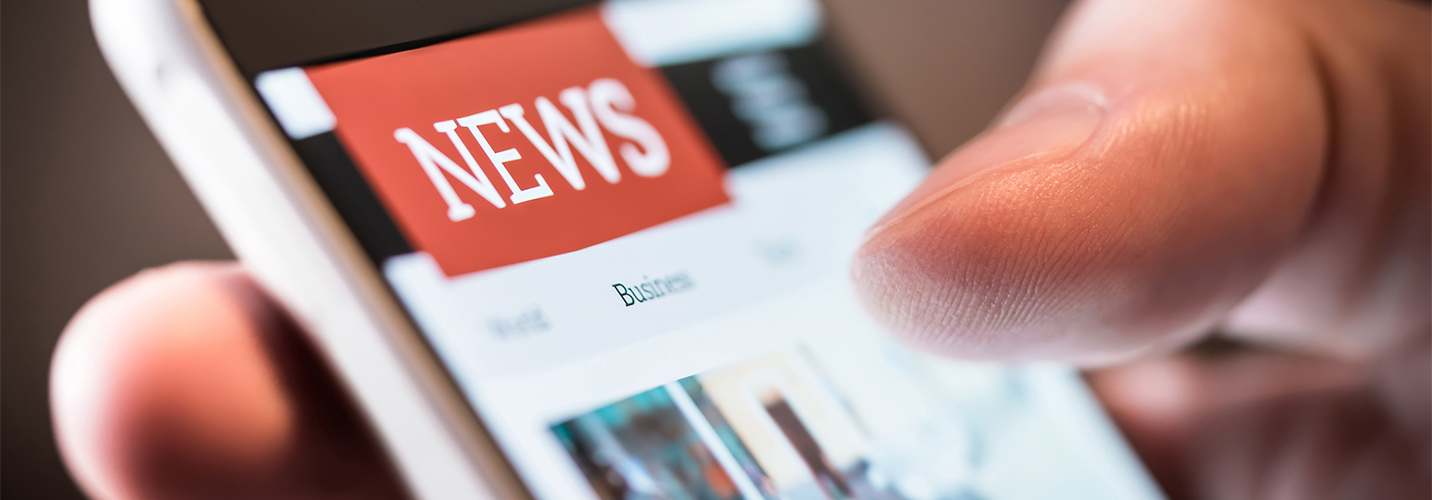
News & Events
News
Stay updated with the latest news, insights, and developments in engineering biology
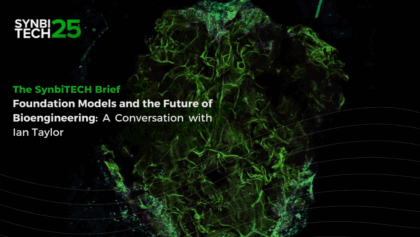 21st November 2025
Foundation Models and the Future of Bioengineering
6 min read time
Continue reading
21st November 2025
Foundation Models and the Future of Bioengineering
6 min read time
Continue reading
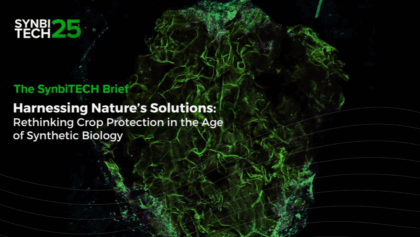 10th October 2025
Rethinking Crop Protection in the Age of Synthetic Biology
4 min read time
Continue reading
10th October 2025
Rethinking Crop Protection in the Age of Synthetic Biology
4 min read time
Continue reading
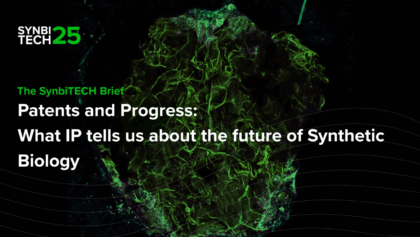 26th September 2025
Patents and Progress: What IP tells us about the future of synthetic biology
6 min read time
Continue reading
26th September 2025
Patents and Progress: What IP tells us about the future of synthetic biology
6 min read time
Continue reading
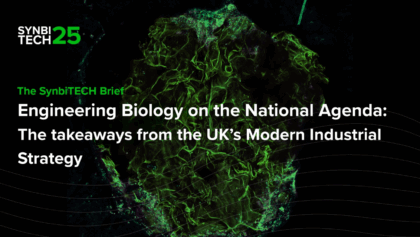 12th September 2025
Engineering Biology on the National Agenda: The takeaways from the UK’s Modern Industrial Strategy
5 min read time
Continue reading
12th September 2025
Engineering Biology on the National Agenda: The takeaways from the UK’s Modern Industrial Strategy
5 min read time
Continue reading
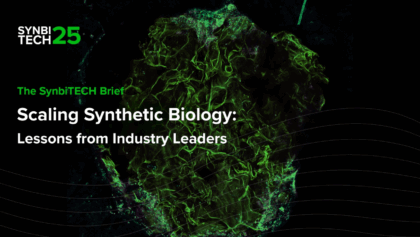 29th August 2025
Scaling Synthetic Biology: Lessons from Industry Leaders
5 min read time
Continue reading
29th August 2025
Scaling Synthetic Biology: Lessons from Industry Leaders
5 min read time
Continue reading
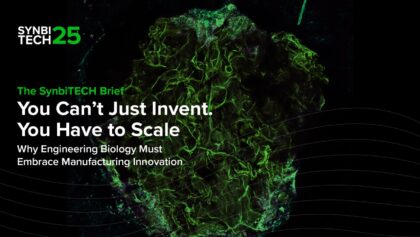 8th August 2025
“You Can’t Just Invent. You Have to Scale” – Why Engineering Biology Must Embrace Manufacturing Innovation
8 min read time
Continue reading
8th August 2025
“You Can’t Just Invent. You Have to Scale” – Why Engineering Biology Must Embrace Manufacturing Innovation
8 min read time
Continue reading
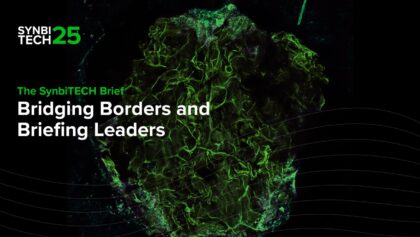 22nd July 2025
Bridging Borders and Briefing Leaders
3 min read time
Continue reading
22nd July 2025
Bridging Borders and Briefing Leaders
3 min read time
Continue reading
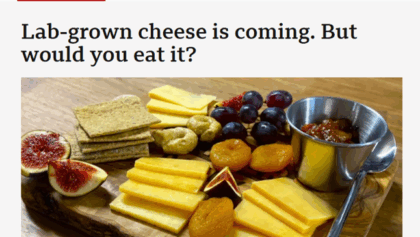 21st July 2025
BBC highlight Better Dairy
1 min read time
Continue reading
21st July 2025
BBC highlight Better Dairy
1 min read time
Continue reading
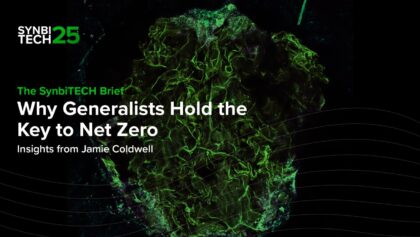 4th July 2025
Why Generalists Hold the Key to Net Zero: Insights from Jamie Coldwell
4 min read time
Continue reading
4th July 2025
Why Generalists Hold the Key to Net Zero: Insights from Jamie Coldwell
4 min read time
Continue reading
Loading